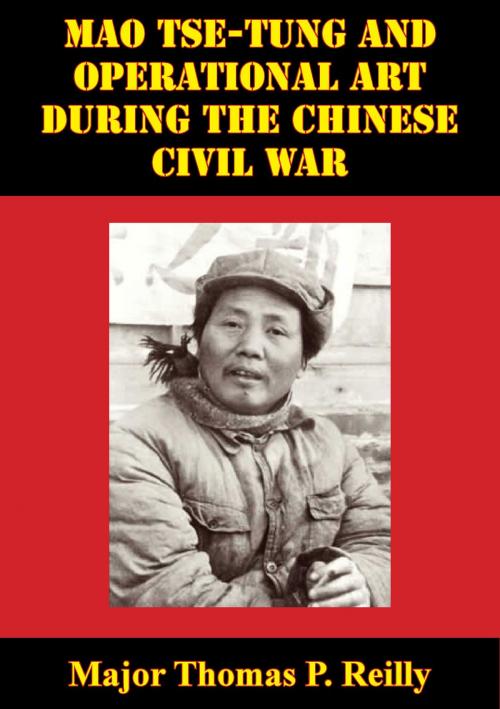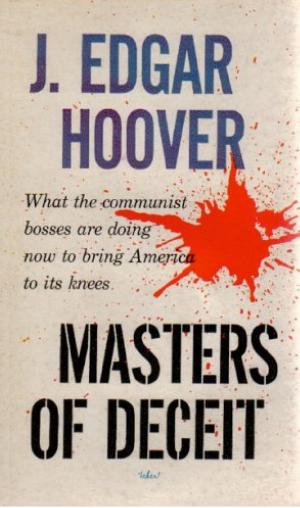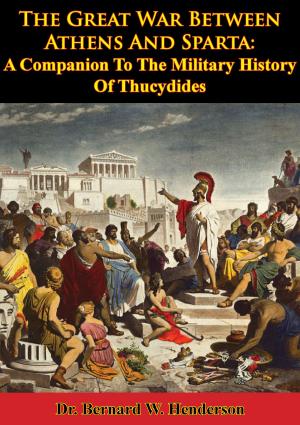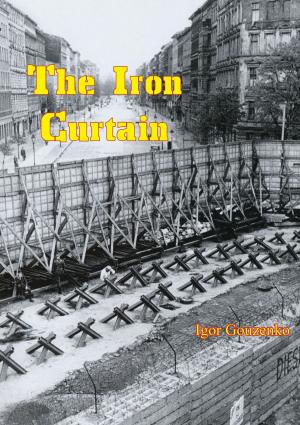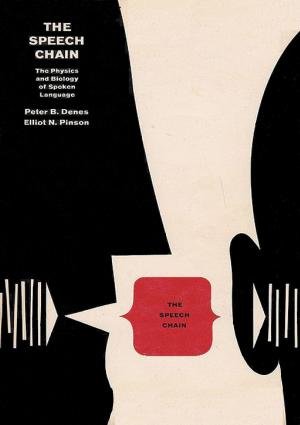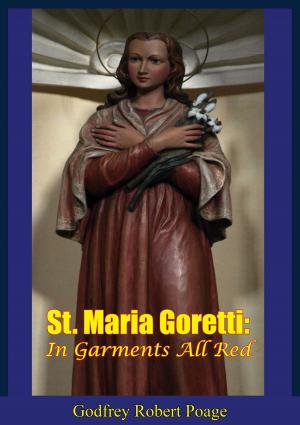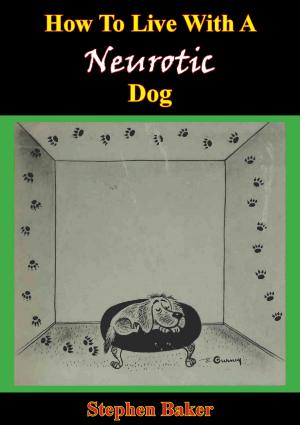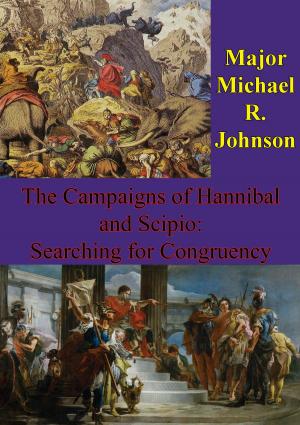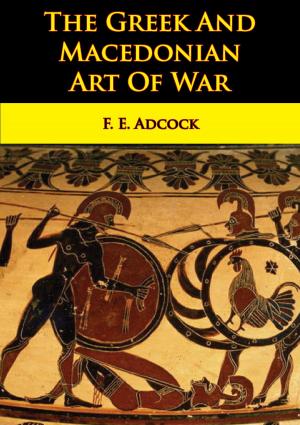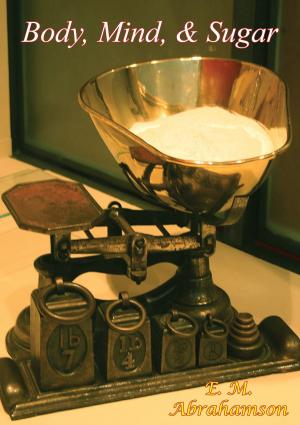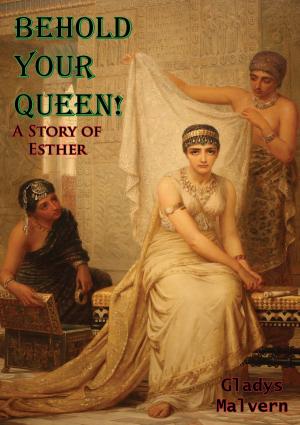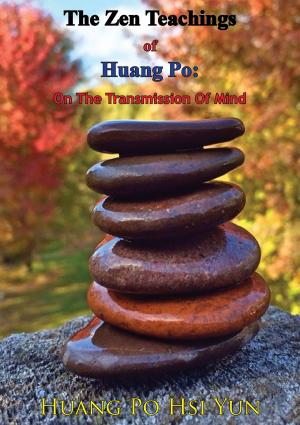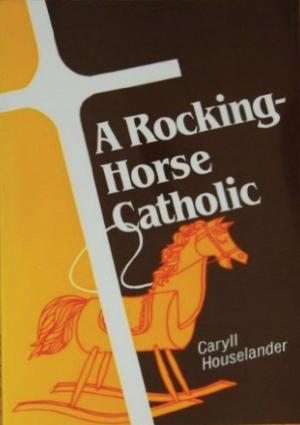Mao Tse-Tung And Operational Art During The Chinese Civil War
Nonfiction, Social & Cultural Studies, Political Science, Government, Communism & Socialism, History, Asian, Russia| Author: | Major Thomas P. Reilly | ISBN: | 9781786253934 |
| Publisher: | Hauraki Publishing | Publication: | November 6, 2015 |
| Imprint: | Hauraki Publishing | Language: | English |
| Author: | Major Thomas P. Reilly |
| ISBN: | 9781786253934 |
| Publisher: | Hauraki Publishing |
| Publication: | November 6, 2015 |
| Imprint: | Hauraki Publishing |
| Language: | English |
This monograph examines the nature of operational art during the third and final phase of the Chinese Civil War, 1945-1949. During this period Mao Tse-Tung and the Red Army fought Chiang Kai-shek and the Nationalist Army for the military and political control of China.
The initial portion of the monograph discusses the areas of military strategy and the development of operational art. This area was developed using contemporary monographs, research projects, and professional journal articles. Professional military journals such as Parameters and Military Review publish relevant articles covering these subjects on a recurring basis. The majority of the information covering Mao’s thoughts and writings were drawn from The Selected Works of Mao Tse-Tung published in Beijing, China by the Foreign Languages Press.
The section dealing with the essence of operational art was developed primarily from James Schneider’s theoretical paper; Vulcan’s Anvil: The American Civil War and the Emergence of Operational Art. In this paper Schneider identifies, defines, and argues that eight key attributes must exist for the fullest expression of operational art to be manifested. These eight attributes are; the distributed operation, the distributed campaign, a system of continuous logistics, instantaneous command and control, the operationally durable formation, operational vision, the distributed enemy, and distributed deployment. This monograph uses Schneider’s eight key attributes of operational art as a measure of effectiveness for evaluating the use of operational art during the Chinese Civil War.
This monograph concludes that while Mao Tse-Tung was one-step removed from the operational level of war, the commanders of the Red Army, guided by his theory of protracted war and his controlling strategy, successfully applied operational art to decisively defeat a larger, better equipped, and trained military force in a sequential series of battles and engagements.
This monograph examines the nature of operational art during the third and final phase of the Chinese Civil War, 1945-1949. During this period Mao Tse-Tung and the Red Army fought Chiang Kai-shek and the Nationalist Army for the military and political control of China.
The initial portion of the monograph discusses the areas of military strategy and the development of operational art. This area was developed using contemporary monographs, research projects, and professional journal articles. Professional military journals such as Parameters and Military Review publish relevant articles covering these subjects on a recurring basis. The majority of the information covering Mao’s thoughts and writings were drawn from The Selected Works of Mao Tse-Tung published in Beijing, China by the Foreign Languages Press.
The section dealing with the essence of operational art was developed primarily from James Schneider’s theoretical paper; Vulcan’s Anvil: The American Civil War and the Emergence of Operational Art. In this paper Schneider identifies, defines, and argues that eight key attributes must exist for the fullest expression of operational art to be manifested. These eight attributes are; the distributed operation, the distributed campaign, a system of continuous logistics, instantaneous command and control, the operationally durable formation, operational vision, the distributed enemy, and distributed deployment. This monograph uses Schneider’s eight key attributes of operational art as a measure of effectiveness for evaluating the use of operational art during the Chinese Civil War.
This monograph concludes that while Mao Tse-Tung was one-step removed from the operational level of war, the commanders of the Red Army, guided by his theory of protracted war and his controlling strategy, successfully applied operational art to decisively defeat a larger, better equipped, and trained military force in a sequential series of battles and engagements.
